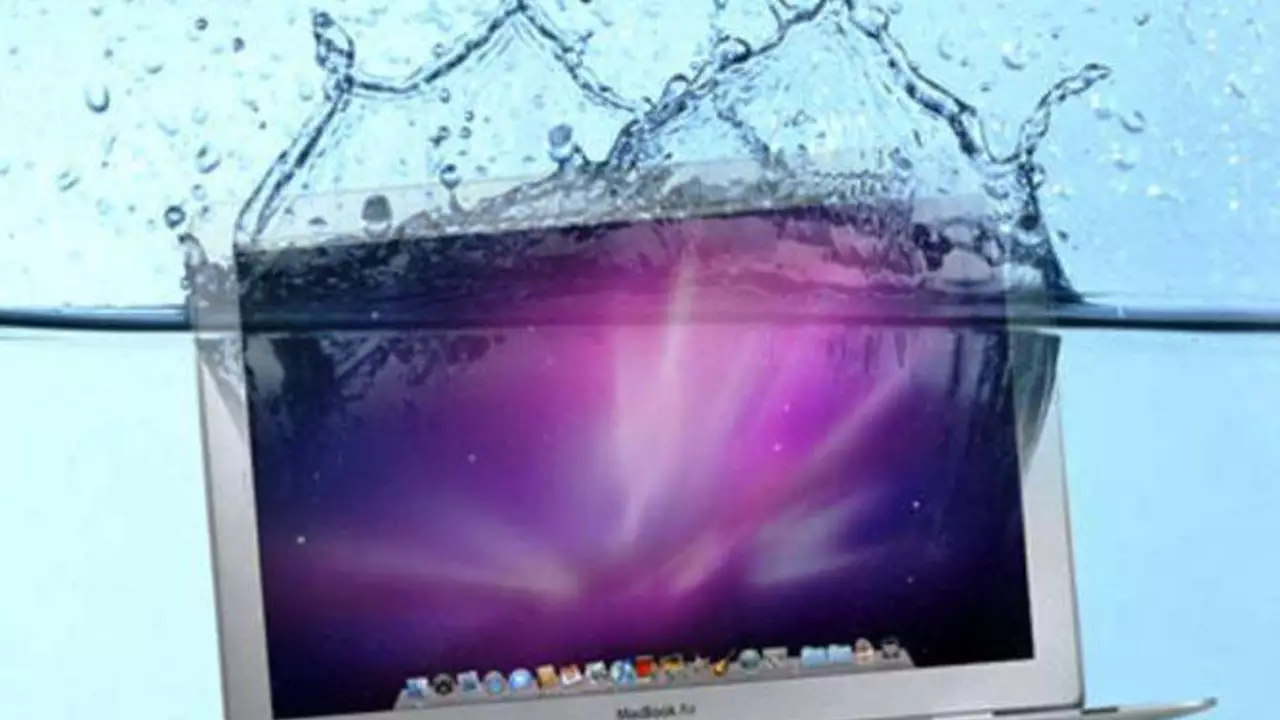
The Science Behind Water and Electronics
Ever wondered why water and electronic devices don't mix? To begin to understand this, it's important to first understand the basic principles of how our electronic devices work. In simple terms, electronics function based on the movement of electrons. These electrons flow through circuits, creating electrical currents that power our devices. When water comes into contact with these circuits, it interferes with the flow of electrons, causing the device to malfunction or completely stop working. Understanding the science behind this phenomenon helps us better protect our gadgets from water damage.
The Conductive Nature of Water
One of the main reasons water is damaging to electronics is due to its conductive properties. Pure water is not a good conductor of electricity. However, the water we encounter in our daily lives is never pure. It contains various impurities like minerals and salts which make it highly conductive. This means that when water comes into contact with electronics, it creates new, unintentional pathways for electricity to flow. This can cause short circuits, overheating and ultimately, damage to the device.
Corrosion and Rust
Another destructive aspect of water on electronics is its ability to cause corrosion and rust. When metal components of an electronic device come into contact with water, a chemical reaction occurs leading to the formation of rust. Corrosion can gradually degrade the performance of the device, causing it to fail over time. The longer the device is exposed to water, the more extensive the damage can be.
Effect on Batteries
Water can also have a damaging effect on the batteries of electronic devices. When water infiltrates a device, it can cause the battery to short circuit. This can lead to overheating and in some cases, can even cause the battery to explode. Furthermore, water can also cause corrosion on the battery contacts, preventing the device from functioning properly.
Impact on Screens and Displays
Screens and displays of electronic devices are also susceptible to water damage. Water can seep into the layers of the screen causing discolouration, reduced brightness and in some cases, complete failure of the display. Water damage to screens is often irreversible, requiring replacement of the entire screen or device.
The Danger of Powering On Wet Devices
One common mistake people make when their device gets wet is trying to power it on immediately. This can be detrimental. When a device is wet, turning it on can cause electricity to flow along the unintended paths created by the water, leading to short circuits. It's best to turn off the device immediately and allow it to dry before attempting to power it on again.
Preventing Water Damage
Preventing water damage to your electronics is always better than dealing with the aftermath. Keep your devices away from liquids as much as possible. Use protective cases and covers that offer some level of water resistance. Avoid using your devices in the rain or around pools and bathtubs. It's also a good idea to have a plan in place for what to do if your device does get wet, such as having the right tools to dry it out and knowing where to take it for professional repair if necessary.
Dealing with Water Damaged Devices
If your device does get wet, there are a few steps you can take to minimize the damage. First, power off the device immediately. Remove any removable parts like batteries and SIM cards. Use a dry cloth to absorb as much water as possible. Avoid using a hairdryer as this can push the water further into the device. Instead, leave the device in a dry, warm place to evaporate the remaining water. Always consult a professional if you're unsure about what to do.
Water-Resistant and Waterproof Devices
Technology companies are increasingly producing water-resistant and even waterproof devices in response to consumer demand. While these devices offer better protection against water damage, it's important to note that they are not invincible. Water-resistant means the device can withstand water to a certain degree, but it's not completely immune. Waterproof devices, on the other hand, offer better protection but they can still get damaged if the water pressure is too high or if they are submerged for too long. Always read and understand the manufacturer's guidelines regarding water exposure for your specific device.


